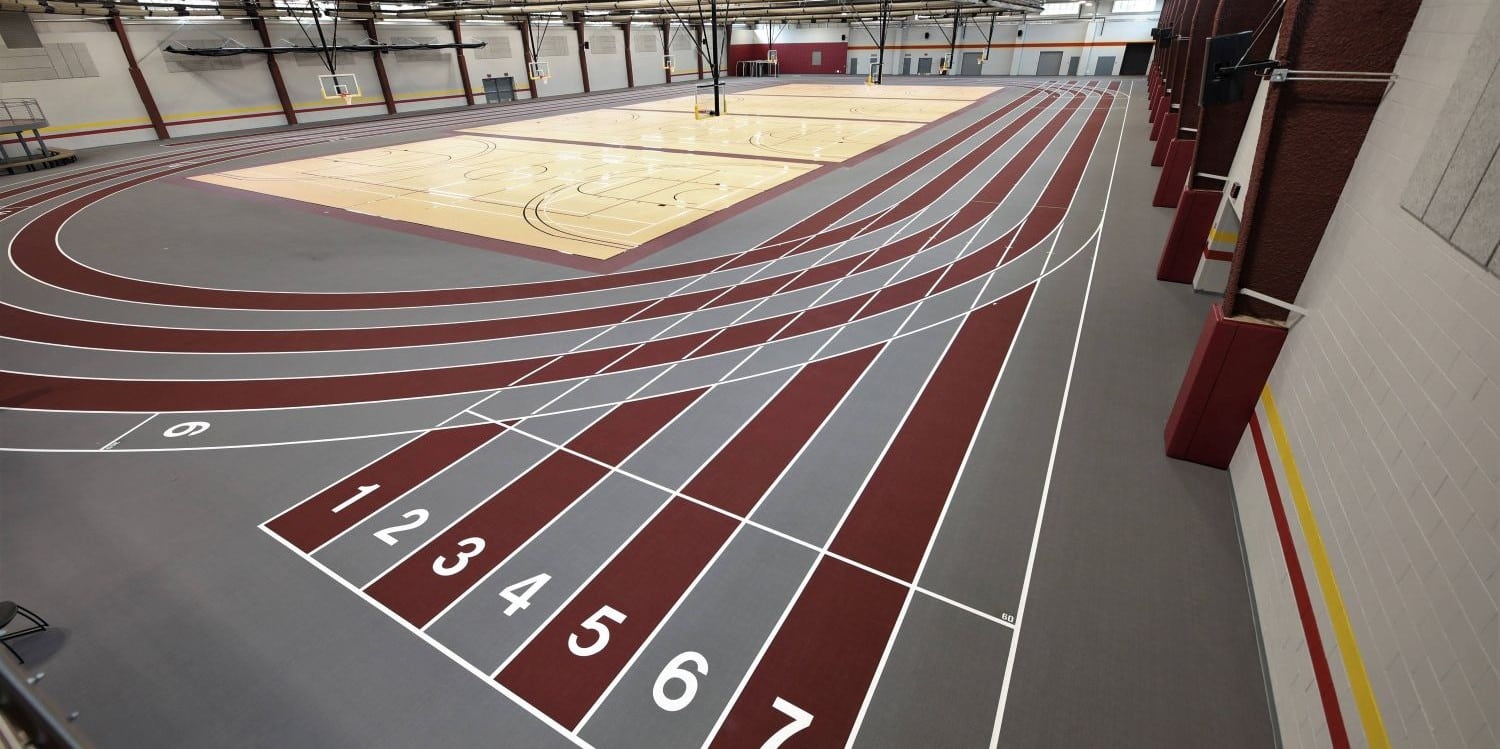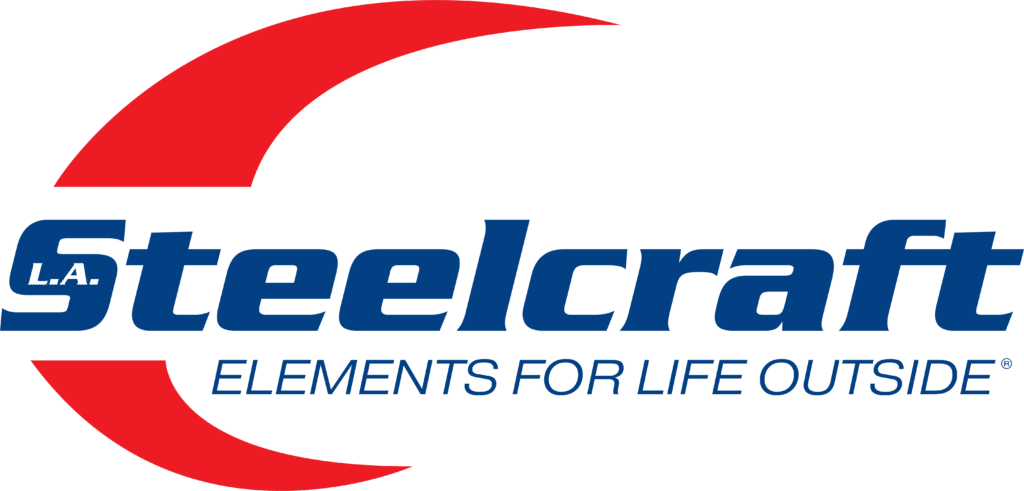Oh, hey there. We’re your gym floors. You know, those shiny hardwoods or the nice acrylic surfaces where your school’s athletes are showcased and where students get amped up by pep rallies before big games.
We need to talk, especially now that you’ve been expressing an interest in adding more sports. Once, we only hosted daytime P.E. classes. Later in the day and on weekends, we might have seen games in volleyball and basketball. Now, we’ve heard you’re looking into adding programs in sports like futsal and pickleball, as well as a few others.
We think that’s great. Active students are healthy students, right? But we also need to make something clear. If we are going to be showcasing extra sports for the school, we’ll need your help staying in good shape.
Here are some ways to accomplish that, courtesy of our friends at the American Sports Builders Association (ASBA). The members of ASBA – the organization for those who design, build and supply materials and equipment for sports facilities – know a thing or two about sports surfaces. Here are a few tips to keep top of mind throughout the school year – and any time your floors see action.
Always Have Guidance
When you’re setting out to create a maintenance program, it’s essential to know you are following the right protocols. These may be the instructions from the surfacing manufacturer or from the builder or installer of the floor.
The bottom line, though, is that different flooring systems may require specific products or methods for cleaning and maintenance, and that trying things outside those recommended may damage the surface and impact the warranty.
If you don’t have a copy of the instructions for your surface, your flooring manufacturer or installer will be glad to provide you with them. (Don’t visit random websites or use Google to try to get answers; the advice you find there may do more harm than good.)
If you’re new to the scene and you’re not sure what type of floor you have, it’s still possible to get good information. Visit the website of the American Sports Builders Association (www.sportsbuilders.org) and use the Find A Member feature to get connected with someone who can help you.
Have Eyes on the Floor
Every day, do a walk-through of your facility. Look for any problems, such as stains, dings, damage or spots of wear. Address stains according to the recommendations provided by your manufacturer, builder or installer. If you see wear or damage, take a photo and send it to that contact and ask for advice before proceeding. Remember that no problem ever got better because it was ignored.
Keep It Clean
All maintenance starts with prevention. Put rubber-backed mats near entrances to trap the dust and dirt that athletes and others might otherwise track in. Dirt that gets ground into a surface can cause premature wear and can dull the floor’s shine.
Make sure the mats are cleaned frequently; otherwise, they won’t be as effective. Note: Mats should be professionally changed and cleaned, or, at the very least, they should be taken outside and hosed until the water coming off them runs clear.
Make a Clean Sweep
A dust mop should be used each day to get rid of any dirt, dust or other dry litter on the surface. Shake the mop outside to knock off any debris between passes. Don’t forget to periodically change mop heads since over time. They collect dirt within their fibers, and reusing them too often will only move that dirt back onto the athletic surface.
Proper Footwear
Many flooring companies state that only non-marking court shoes should be worn by athletes and other users; improper shoes cause unsightly black marks. Unfortunately, students tend to think any athletic shoe is appropriate footwear, so you may have to do some education of user groups.
Preventive Work
If your floor hosts other events – such as school dances, assemblies or meetings – make sure to put protective matting on the surface to keep it from becoming marked, stained or damaged.
Moving Maintenance Equipment and Sports Equipment
If heavy equipment, such as scissor lifts to change light fixtures, must be moved across the floor, make sure there is matting underneath it to save the floor from damage. Heavy loads can cause permanent indentations in the surface. Ascertain that portable sports equipment (examples might be volleyball standards and futsal goals) is carried or wheeled over the surface, not dragged.
Playing Lines
Your gym may already be lined for sports, with basketball being one of the most common. However, it is typical for other lines to be used, as well, depending on how many sports the gym will host. It is a good idea to conduct a regular review of the sports your school sponsors and any others you are expecting to add.
Speak to your flooring professional about having lines added to the floor. Game lines should always be professionally installed. D-I-Y methods, such as tape or markers, can cause damage to the finish of the court. Until permanent lines can be put down, use small plastic cones to designate playing areas, rather than making a mistake that will damage the look or finish of your gym surface.
Repair Work and Surface Replacement
All floors, no matter how well they are maintained, will eventually need to be repaired, refinished or even replaced. However, the frequency of that will depend on your flooring system and on the amount and type of wear it receives, as well as any damage it sustains during its lifecycle. Your surface manufacturer or installer can provide realistic timetables.
Mary Helen Sprecher is the technical writer for the American Sports Builders Association, a non-profit association comprised of nearly 700 design professionals, builders and suppliers engaged in sports facility construction, www.sportsbuilders.org.
Photo courtesy of Miller Sports Construction











